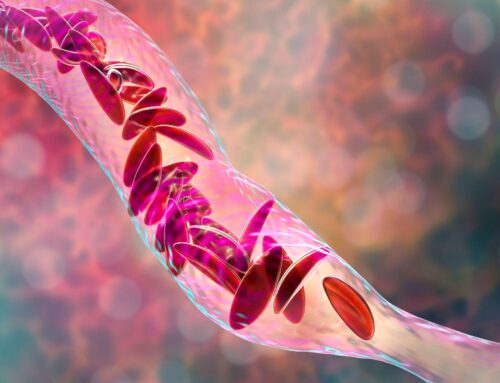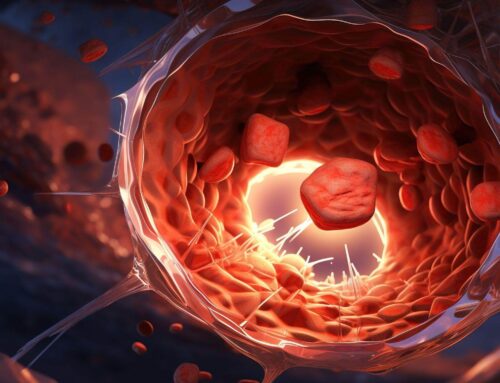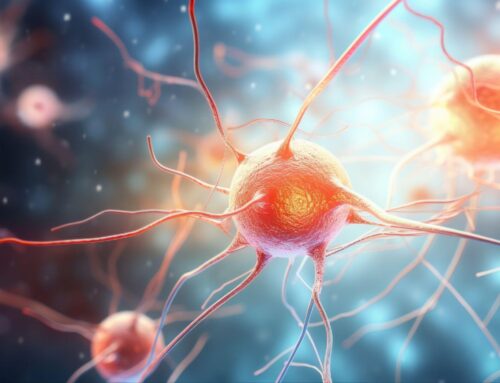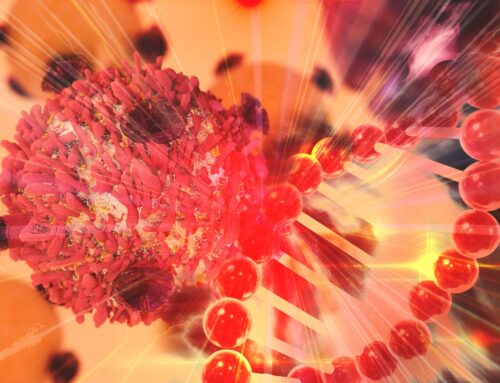Looking for something?
New CRISPR Technique May Be the Solution to Replacing Entire Genes

Ever since it was discovered that CRISPR could be used for genome editing, scientists across the world have been working on creating safe, effective ways to use this incredible tool to cure many different human diseases. From the first CRISPR-Cas system that works as genetic scissors to base editing and then Prime editing, incredible innovation has been on full display as researchers strive to bring CRISPR to its full potential. A CRISPR-Cas therapy is even in a Phase 1 clinical trial, and is so far proving to be safe, generally well tolerated, and leads to deep, durable reductions in disease-causing serum TTR. Most recently, we have been presented with news of the development of another novel technique to expand the usefulness of CRISPR (1).
MIT researchers wanted to create a system that can replace genes, rather than only correcting individual mutations – and they may have succeeded. The new tool is called PASTE (Programmable Addition via Site-specific Targeting Elements), and it can essentially drag and drop an entire functional gene to replace the defective version, without inducing double-stranded DNA breaks. The team has integrated sequences as large as 36 kilobases in human cell lines, primary T cells, and non-dividing primary human hepatocytes in liver-humanized mice (2).
The Journey to Discover and Optimize PASTE
To overcome current limitations and expand the scope of genome editing, the team “married advances in programmable CRISPR-based gene editing, such as prime editing, with precise site-specific integrases” (2).
Integrases, viral enzymes that allow a virus to insert its DNA into a bacterial genome, are a vital component of PASTE. The MIT team focused on phage serine integrases, as they can insert up to 50,000 base pairs. Serine integrases target specific DNA sequences called attachment (att) sites, which the integrase binds to, then integrates the genetic material.
While integrases are very difficult to reprogram to target other sites, coupling them with CRISPR-Cas9 enabled the team to more easily target the desired site in the genome for insertion of the landing site. CRISPR-Cas9 finds and binds to the sequence that matches its guide RNA sequence and cuts that specific site, then the landing site for the integrase is inserted. Double-stranded breaks are avoided “by adding one DNA strand first via a fused reverse transcriptase, then its complementary strand” (1). Once this step is complete, the integrase inserts its much larger DNA sequence at the site.
It required much effort to discover and develop optimal serine integrases, including exploring over 10 terabytes worth of data from multiple sources and determining which were more compatible with PASTE while also performing better (2).
The first version of PASTE contained a prime-editing vector, the atgRNA (attachment site-containing guide RNA), a nicking guide for stimulating repair of the other strand, a mammalian expression vector for the corresponding integrase or recombinase, and a DNA cargo encoding green fluorescent protein. The components were combined, then delivered in a single transfection and evaluated to determine which integrase had the highest integration rate, with the top performer producing approximately 15% integration (2).
Next, the team sought to improve PASTE editing through protein and guide engineering. A series of modifications produced PASTEv2, which provided up to approximately 30% gene integration and also displayed the importance of directly recruiting the integrase to the target site (2). After optimizing the atgRNA, it was combined with PASTE to create PASTEv3, which achieved precise integration of templates as large as 36,000 bp, approximately 10-20% integration efficiency, and complete integration of the full-length cargo. PASTEv3 was then tested with 10 different common therapeutic gene cargos. Depending on the gene and insertion locus, the cargos had from 4-22% integration frequencies, with minimal indel formation (2).
PASTE can be delivered by a single dose of plasmids but was also tested in conjunction with therapeutically relevant delivery modalities, including adenovirus-associated virus (AAV) and adenovirus (AdV). Additionally, the team developed an mRNA version of the PASTEv1 protein components (2). Each of these delivery methods was compatible with PASTE, and AdV PASTE delivery was successfully applied to in vivo targeting of the liver in liver humanized mice.
PASTE: A Tool with Many Advantages and Great Potential
As PASTE only knicks one strand of DNA, it avoids the undesirable outcomes of methods to insert long DNA sequences that create double-strand breaks. For example, PASTE created very few unwanted indels (insertions/deletions). Furthermore, PASTE works in both non-dividing and dividing cells, whereas CRISPR-Cas9 only works in dividing cells as they have active DNA repair processes which are required to repair the cut made by CRISPR-Cas. Additionally, it can efficiently insert large sequences, rather than small insertions or deletions.
The team showed with genome-wide sequencing “that PASTE is much more specific than HITI, with higher insertion purity than HDR and HITI” (2). PASTE displayed 8.3- to 42.1-fold higher integration efficiencies at three endogenous targets when compared to other prime-editing-based insertion approaches.
The authors explain that “as a genome editing tool, PASTE opens multiple applications for gene insertion and tagging in biomedical research and therapeutic development” (2).
Gootenberg says that “One of the fantastic things about engineering these molecular technologies is that people can build on them, develop and apply them in ways that maybe we didn’t think of or hadn’t considered. It’s really great to be part of that emerging community” (1). Thus, the researchers have provided access to their genetic constructs online for others to use.
The potential of this new tool is incredible. Instead of identifying and addressing each individual mutation of a disease, PASTE offers the potential to correct every disease-causing variant of a particular gene with one single blanket therapy for the disease, by inserting a full-length functional gene at native loci (2).
Currently, the researchers are exploring the possibility of using PASTE to replace a defective cystic fibrosis gene. As cystic fibrosis can be caused by thousands of different mutations to one single gene, it is a prime candidate for treatment by this type of method. They anticipate that it could be also used to treat conditions such as Huntington’s disease and hemophilia.
“We think that this is a large step toward achieving the dream of programmable insertion of DNA,” Gootenberg says. “It’s a technique that can be easily tailored both to the site that we want to integrate as well as the cargo.” If PASTE proves to be both safe and effective in humans, it will be another method by which the initial promise of CRISPR is realized to bring great improvement to human health and well-being.
References:
- Trafton, A. (2022, November 24). New CRISPR-based tool inserts large DNA sequences at desired sites in cells. MIT News | Massachusetts Institute of Technology. Retrieved December 20, 2022, from https://news.mit.edu/2022/crispr-gene-editing-dna-1124
- Yarnall, M.T.N., Ioannidi, E.I., Schmitt-Ulms, C. et al. Drag-and-drop genome insertion of large sequences without double-strand DNA cleavage using CRISPR-directed integrases. Nat Biotechnol (2022). https://doi.org/10.1038/s41587-022-01527-4
“The views, opinions, findings, and conclusions or recommendations expressed in these articles and highlights are strictly those of the author(s) and do not necessarily reflect the views of the Oligonucleotide Therapeutics Society (OTS). OTS takes no responsibility for any errors or omissions in, or for the correctness of, the information contained in these articles. The content of these articles is for the sole purpose of being informative. The content is not and should not be used or relied upon as medical, legal, financial, or other advice. Nothing contained on OTS websites or published articles/highlights is intended by OTS or its employees, affiliates, or information providers to be instructional for medical diagnosis or treatment. It should not be used in place of a visit, call, consultation, or the advice of your physician or other qualified health care provider. Always seek the advice of your physician or qualified health care provider promptly if you have any healthcare-related questions. You should never disregard medical advice or delay in seeking it because of something you have read on OTS or an affiliated site.”








